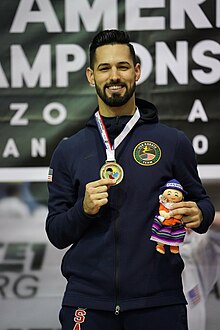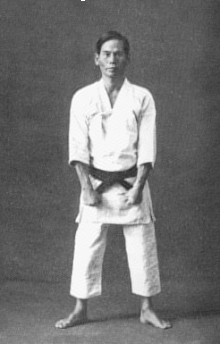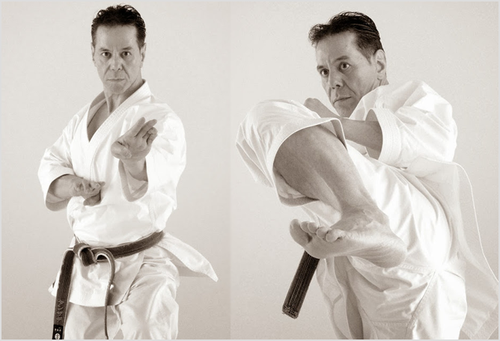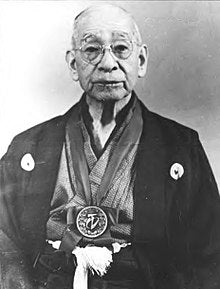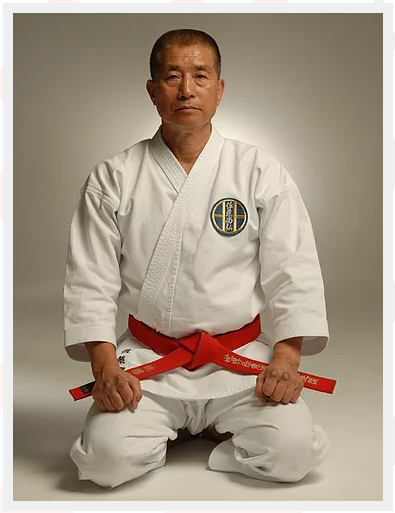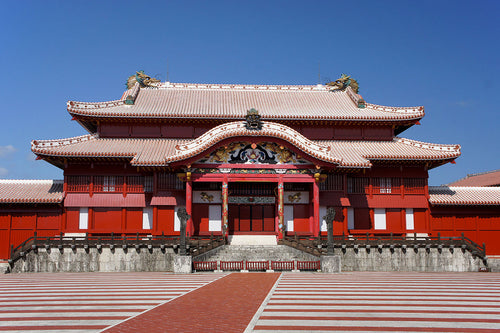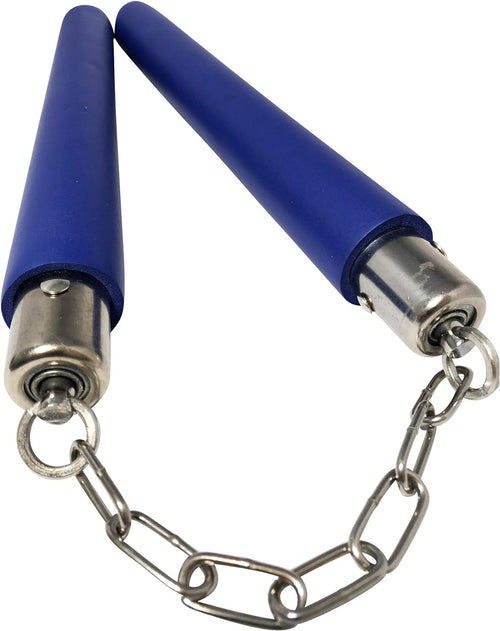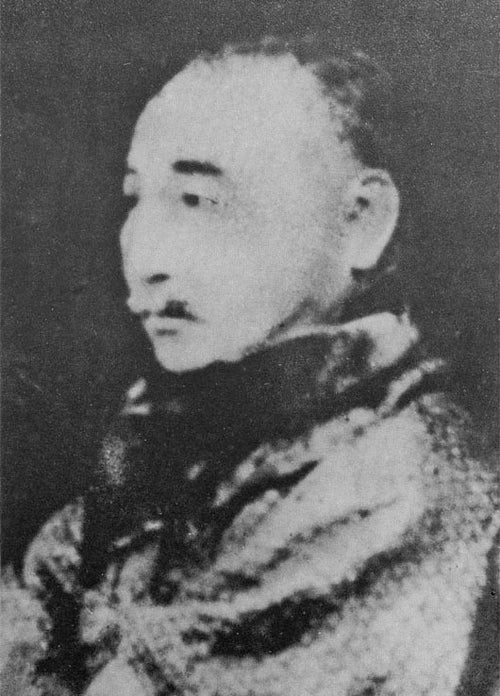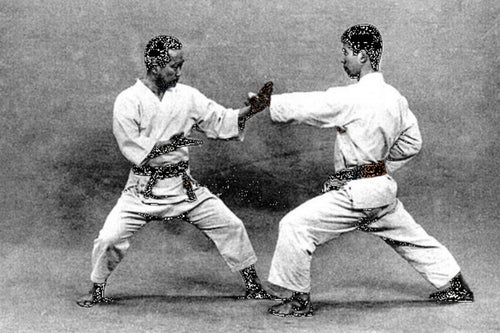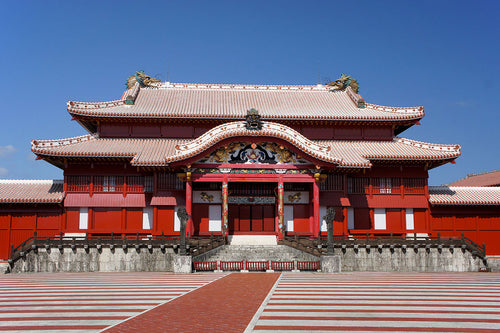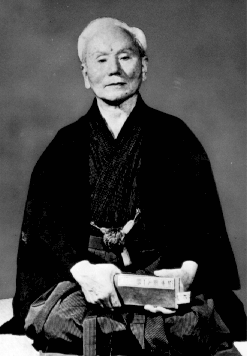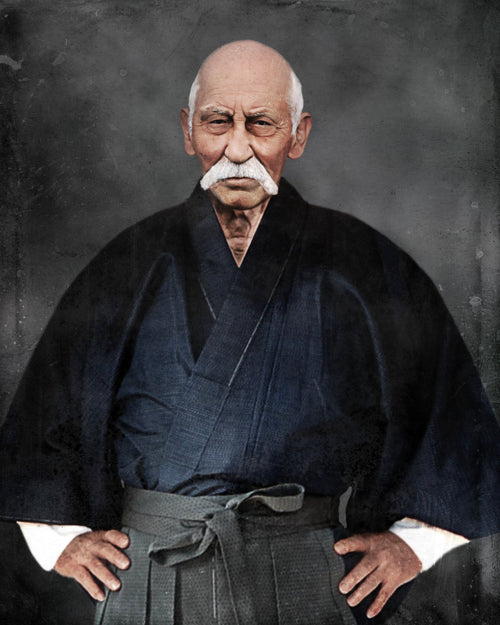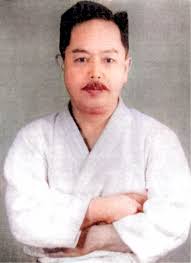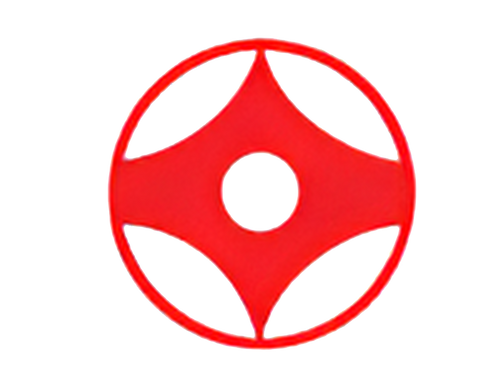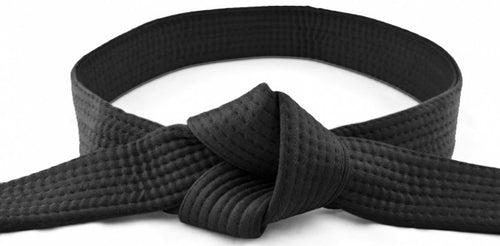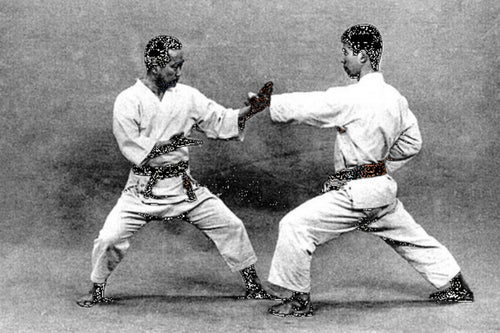Discover the World of Kyokushin Karate: An Insider's Perspective
Introduction
Kyokushin Karate, a martial art developed by Masutatsu Oyama in the mid-20th century, is renowned for its rigorous training methods, full-contact sparring, and emphasis on physical and mental discipline. In this insider's perspective, we delve into the fascinating world of Kyokushin Karate, exploring its history, training techniques, and philosophy.
The Origins and Evolution of Kyokushin Karate
Kyokushin Karate traces its roots back to Japan in the 1940s when Masutatsu Oyama sought to create a style that combined the best elements of various martial arts disciplines. Oyama's vision led to the development of Kyokushin Karate, which quickly gained popularity for its practicality and effectiveness in real-life combat situations.
Within Kyokushin Karate, practitioners focus on building physical strength, endurance, and mental fortitude. Training involves intense physical conditioning, including repetitive strikes, kicks, and various body movements. Additionally, practitioners engage in full-contact sparring, honing their skills and testing their limits in controlled environments.
The Training Regimen
The training regimen in Kyokushin Karate is known for its intensity and discipline. It incorporates a wide range of exercises and techniques designed to develop a strong body and mind. Here are some key aspects of the training:
- Kihon: This refers to the basic techniques of Kyokushin Karate, including punches, kicks, blocks, and stances. Practitioners dedicate significant time to perfecting these fundamental movements.
- Kata: Katas are predefined sequences of movements that simulate combat scenarios. By practicing katas, students enhance their focus, coordination, and understanding of various techniques.
- Kumite: Kumite involves sparring sessions where practitioners apply their techniques against an opponent. It helps develop timing, distance control, and adaptability in real-time combat situations.
- Tameshiwari: Tameshiwari refers to the art of breaking objects, such as boards or bricks, using different striking techniques. It showcases the power and precision of Kyokushin Karate techniques.
Beyond physical training, Kyokushin Karate places a strong emphasis on mental and spiritual development. Practitioners are encouraged to cultivate qualities such as discipline, respect, humility, and perseverance, which extend beyond the dojo and into their daily lives.
The Philosophy of Kyokushin Karate
At the core of Kyokushin Karate is a set of principles that guide practitioners on and off the training mat. These principles include:
- Osusume: Osusume, meaning "perseverance," teaches students to push through challenges and never give up, even when faced with adversity.
- Kokoro: Kokoro refers to the development of a strong spirit and mental resilience. It emphasizes the importance of maintaining a positive attitude and overcoming self-doubt.
- Kihaku: Kihaku translates to "fighting spirit" and encourages practitioners to give their all in every endeavor, whether it be training, competition, or daily life.
- Kyokun: Kyokun stands for "self-control" and teaches practitioners to maintain composure, both physically and mentally, even in the face of challenging situations.
By incorporating these principles into their practice, Kyokushin Karate practitioners not only develop their physical skills but also cultivate a strong character and a disciplined mindset.
The Global Impact of Kyokushin Karate
Since its inception, Kyokushin Karate has spread across the globe, attracting practitioners from diverse backgrounds. The International Karate Organization (IKO), established by Masutatsu Oyama, has played a significant role in promoting and preserving the art of Kyokushin Karate.
Today, Kyokushin Karate dojos can be found in numerous countries, with millions of practitioners dedicated to honing their skills and embracing the philosophy of the art. The IKO organizes international tournaments, allowing practitioners to showcase their abilities and foster camaraderie among participants from different nations.
Furthermore, Kyokushin Karate's influence extends beyond the realm of martial arts. Its emphasis on discipline, respect, and self-improvement resonates with individuals seeking personal growth and development. The principles and values instilled through Kyokushin Karate can positively impact various aspects of life, including relationships, work, and overall well-being.
Conclusion
Kyokushin Karate offers a unique and profound journey of self-discovery, combining physical training with mental and spiritual development. Its origins, rigorous training regimen, philosophical principles, and global impact make it a martial art that continues to inspire and transform individuals around the world.



